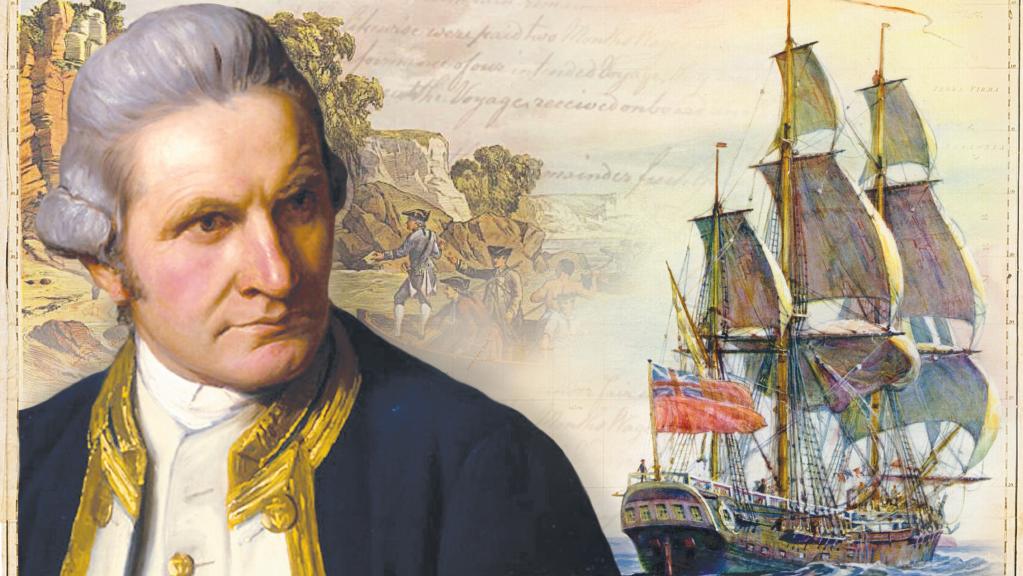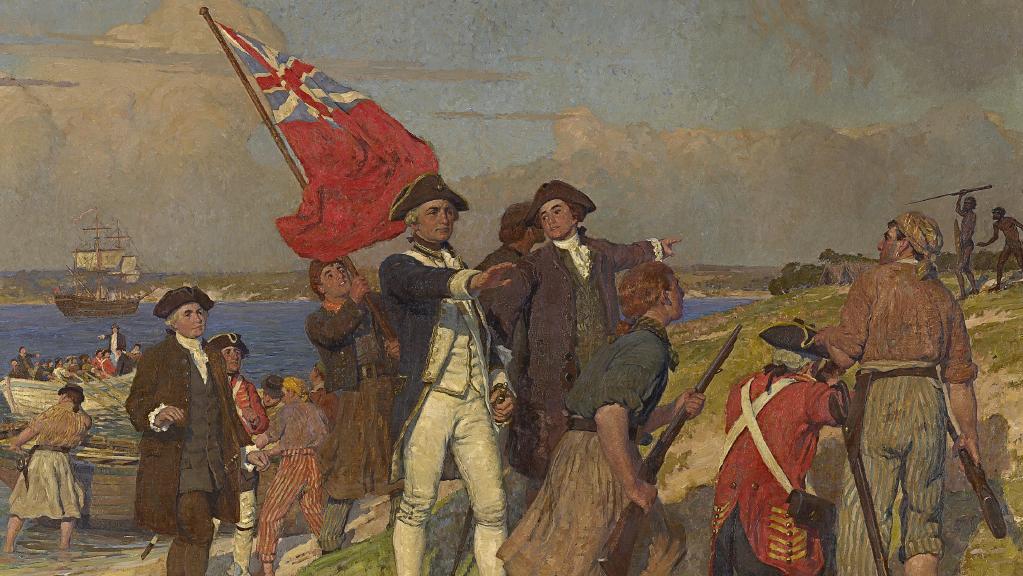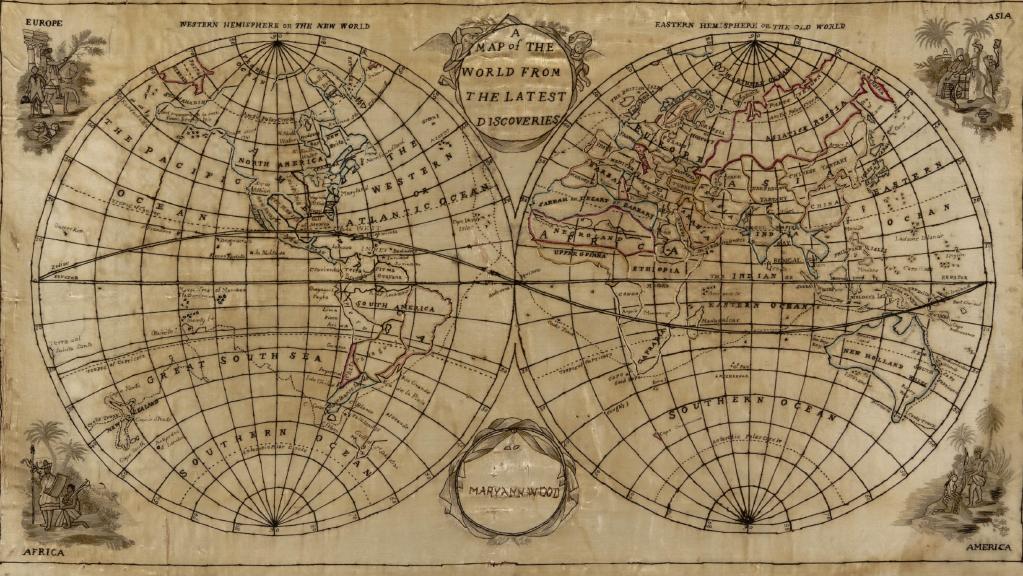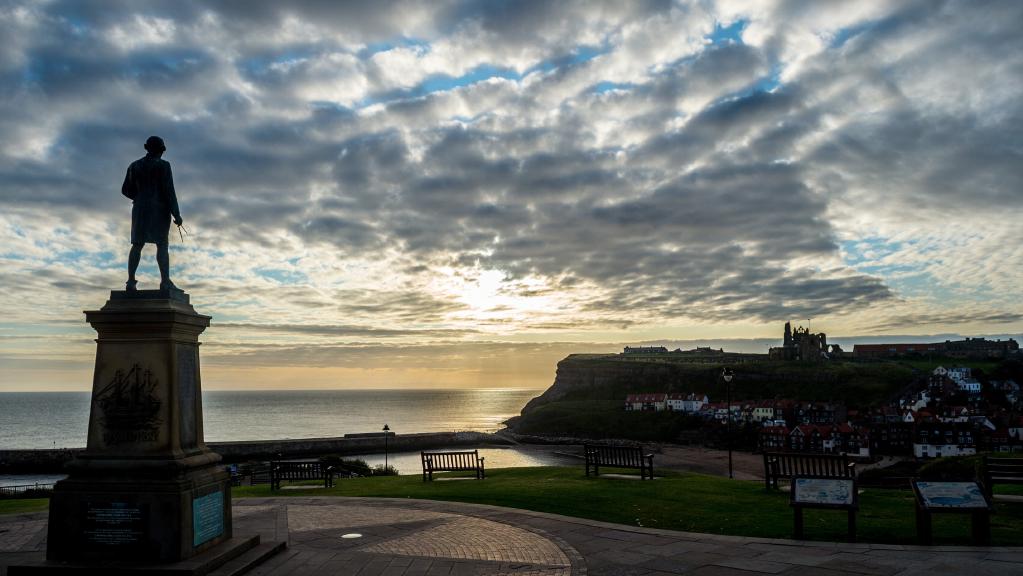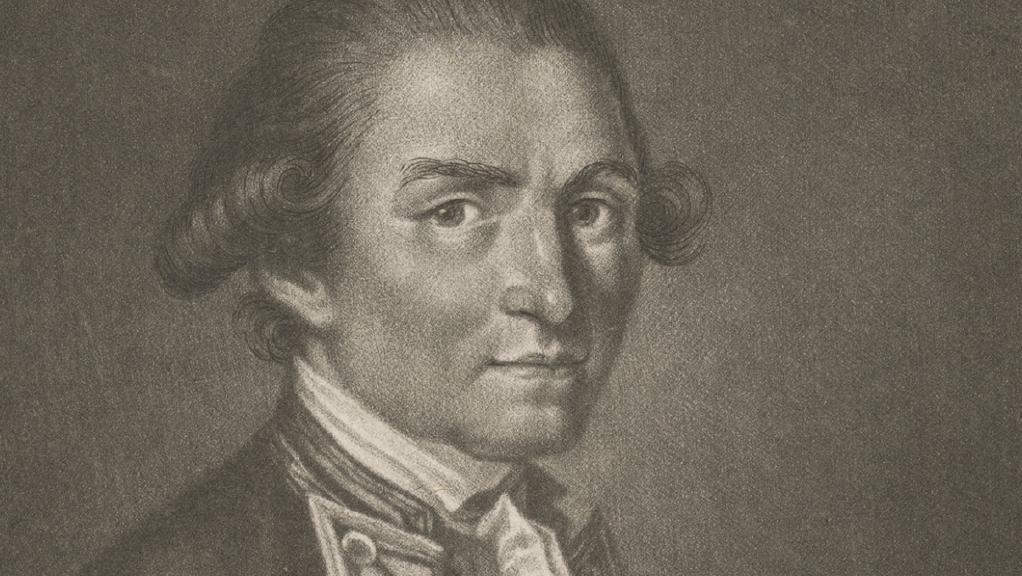As Australia and the world prepares for next year’s 250th anniversary of Endeavour’s departure in 1768, the Australian newspaper tells the five-part story of a voyage that transformed our knowledge of mathematics, navigation, geology, geography, botany, psychology, nutrition, astronomy, medicine, cartography and languages; the story of a man who found and charted half a world that half the world once did not know.
The story was always too big, too complex to fit neatly inside the plaques of big city statues. The story of Captain Cook’s first epic voyage of discovery is too grand, too long to fit neatly inside a tweet or a T-shirt quip or a few cheap words spray-painted in a hurry.
Click to open interactive drawing of the Endeavour
The first man to tell the story was James Cook himself. He told it as it unfolded, the spellbinding tale of his three years aboard a frumpy-bottomed coal boat called Endeavour; three years of wonder, adventure, miraculous survival, navigational genius and breathtaking courage that he detailed in short, sharp sentences scribbled on to a series of cabin papers that would form a doorstopper of a journal that would come to be called “Manuscript One”, the founding document of the National Library of Australia.
Landing of Captain Cook at Botany Bay, by E. Phillips Fox at the National Gallery of Victoria
Today, The Australian newspaper tells that story again and marks its impact respectfully while celebrating its world-changing wonder wholeheartedly.
“As our nation and the world prepares for next year’s 250th anniversary of Endeavour’s departure in 1768, we tell the five-part story of a voyage that transformed our knowledge of mathematics, navigation, geology, geography, botany, psychology, nutrition, astronomy, medicine, cartography and languages; the story of a man who found and charted half a world that half the world once did not know.
A silk embroidery of a double hemisphere map of the world, National Museum of Australia
We don’t heroise the man, though he was most certainly heroic. We don’t mythologise his men, though their actions were mythic. We tell the story. And that story cannot be told without the oral histories of indigenous Australians told alongside it; the views from the elders whose ancestors occupied the east coast of this glorious land long before Endeavour bobbed into their horizon. A complex dual narrative — what modern Cook scholars now refer to as “the view from the ship, the view from the shore” — told from two perspectives that meet on the neutral beach of our present to form the single story of us.
Cook statue at Whitby, England
This is a story that weaves today through our cities and our towns, from Red Point to Botany Bay, from Port Jackson to Cape Byron, from Mount Warning to Point Danger, from the Glass House Mountains to Double Island Point, to the town of 1770, to Magnetic Island, to Cape Tribulation, all the way to Cook crater on the moon and the space shuttle Endeavour that once flew past it, honouring that frumpy-bottomed coal ship that searched so determinedly for knowledge two centuries before it.
A portrait of Cook by John Webber at Cape of Good Hope
This epic yarn is picked to pieces in our institutions and spun wildly in our pubs, from James Cook University to Captain Cook Hotel, in Sydney’s Paddington, all the way to Cooktown, far north Queensland, where, but for the intervention of divine sailor’s providence, the whole rich and complex story might have sunk to the bottom of the Great Barrier Reef. Thousands of stories connected to that single voyage — some tragic, some triumphant, all forming into one great story of us, a story always waiting to be recalled. Reassessed. Retold. Rediscovered.”
For more on the story, go to The Australian website.

